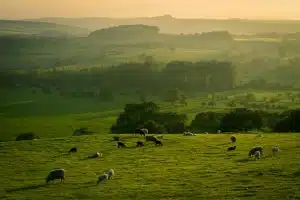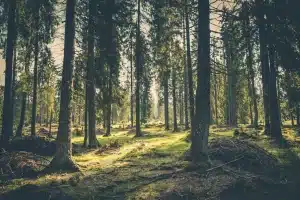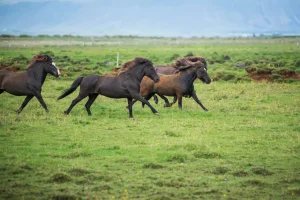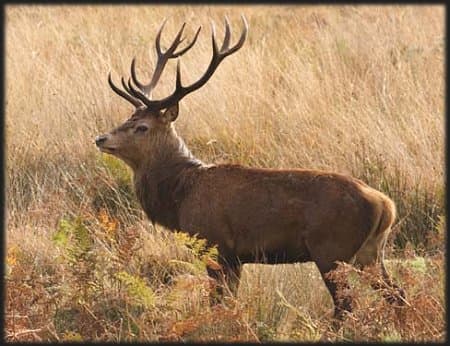Roe deer fact file
The
Roe deer fact file
Identification tips – easily identified by its small size and uniform coat colour – a strong gingery-red in summer and a much darker grey-brown in winter. Bucks and does have very distinguishing white markings on the faces, just above the top lip on either side. The chin is the same colour.
A roe buck’s antlers are very short, rarely exceeding 30cm in length and typically with 3 branches per side.
A further aid to identifying roe deer is the very short tail, barely visible from a distance, and the almost white hair around the tail base.
Preferred habitat – primarily woodland but this very adaptable species is as equally happy on open heathland. It will readily wander onto farmland to graze arable crops or nibble at hedgerows.
Diet – a wide variety of vegetation depending on availability. Roe deer are very adaptable and this is reflected in their eating habits; ground-hugging plants such as heather and grass, fresh shoots of holly, ivy, bramble bushes and low hanging branches of deciduous trees will all be eaten. Fruits, berries and arable farm crops can also all be part of the regular diet.
Breeding – the mating season, or Rut, happens a couple of months earlier than the Ruts of fallow and red deer, in late July and August. The doe will give birth to a kid between the months of May and June the following year. This may seem a long period of time but, like badgers, roe deer experience delayed implantation where the embryo doesn’t attached itself to the womb lining for up to a few months after fertilization.
It’s quite common for roe does to produce twins or even triplets, born in pockets of dense vegetation such as bracken.
Other points – although widespread throughout all areas of the New Forest, they are easily missed because of their small size.
Roe deer are very alert animals and will move quickly if disturbed by passers-by, disappearing into areas of thicker vegetation.
Neighbouring farmland and open fields around the New Forest National Park are other likely areas to spot roe deer that have wandered onto the land in search of new grazing opportunities.
Related Sites

Why Time in Nature Complements Daily Astrological Guidance
Many of us start the morning with a quick look at our horoscope. A few lines can help name our mood, highlight a tension, or point out an opening in the day. What often gets

UK’s best natural spots
Wilderness escapes are not for everyone, that’s for sure. Some people simply prefer holidays where they can lounge all day and take it easy instead of being active, going hiking, swimming, or cycling. But there

Tech Hacks for Exploring the New Forest National Park
The New Forest National Park in the UK is one of Britain’s most enchanting natural destinations. Covering ancient woodlands, open heathlands, and winding walking trails, it offers visitors a chance to step back in time

The Benefits of Outdoor Life for Horses
Life outdoors shapes stronger, healthier horses. Sunlight fuels the body with vitamin D, which helps bones grow dense and resilient. Space allows movement that stables cannot match. A horse stretching into stride, breathing clean air,

New Forest Getaway
The New Forest in southern England is unlike anywhere else, one moment you’re on a country lane, the next you’re face to face with a pony blocking traffic. Villages with thatched roofs appear out of

How Satellite Imagery is Transforming Wildlife Conservation
Today, a myriad of species and their habitats are struggling to survive and are on the verge of extinction due to permanent pressure on deforestation, climate change, and unlawful activities like illegal mining and logging.

